
Tape to TV Player: Deployed personnel get news and familiar shows with 50 years of BFBS TV

"It is a historic moment for us in BFBS as we open up our first television service."
Spoken by Hilary Osborn on 18 September 1975, these were the first words heard on BFBS Television, a pioneering and innovative way for BFBS to support the military community it served in Germany.
With postings to Germany sometimes lasting several years, familiar home comforts for the families of service personnel were crucial.
Some armed forces personnel serving today have grown up with BFBS TV as a constant in their lives – from celebrating their birthdays with a shout-out on children's TV show Room 785, learning to speak the local language while watching 'Instant German' with Corinna Schnabel, and catching up with the latest Forces News on BFBS Extra.
All of that is scheduled alongside a bespoke mix of familiar and popular TV shows from home.
BFBS history in the making
The birthplace of BFBS TV was a 30ft, purpose-built mobile control room in Trenchard Barracks near Celle, Germany.
Cutting-edge technology has always been the backbone of everything BFBS does but back in the pre-internet days of the 1970s, it was technology that proved to be one of the biggest hurdles BFBS had to overcome.
BFBS TV is a unique worldwide service – with so many locations, time zones and restrictions to contend with, no other broadcasting service is challenged in the same way.
It is a demanding operation in terms of the content BFBS broadcasts, the technology it uses to deliver it and in parallel, audience habit and expectation.
It was the success of BFBS Radio since it launched in 1943 that led to the proposal for a television service as far back as 1959.
Various ideas were discussed, such as airing programmes on German television, sending video tapes to the garrisons and even broadcasting from an aircraft over Germany.
It took another 16 years before BFBS TV was eventually on air in September 1975.
Initially a collaboration between BFBS, the BBC and ITV contractor London Weekend Television, the programmes were recorded in the UK and the adverts were removed using two very large video tape machines and an editing unit designed by a BFBS engineer.
Deciding which programme to record was difficult.
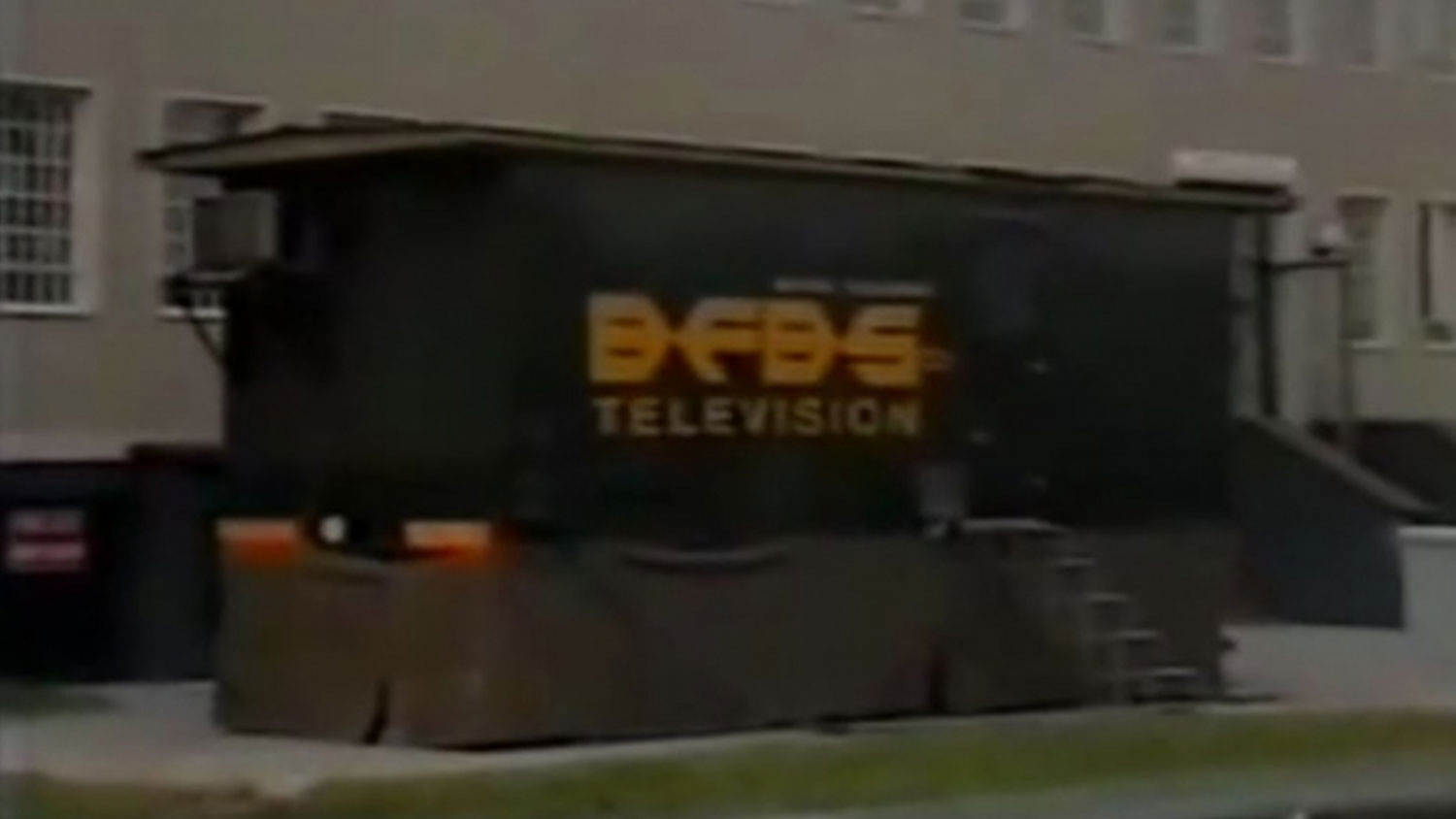
With only four video tape machines, if two were editing – one was recording from BBC One and the other from BBC Two – there wasn't a spare to record a programme being broadcast on ITV at the same time.
In 1975, 56 hours of content was recorded each week from BBC1, BBC2 and ITV whereas today, more than 2,000 hours of On-Demand content is available at any time including series from UK streamers and broadcasters.
Today, depending on location, overseas users have access to up to 40 UK channels worldwide via BFBS TV.
In the 1970's, most UK-produced programmes were available to the BFBS TV programme planners. However, popular American series and films were slightly more difficult to get the rights to use, but not always insurmountable.
The tapes were then flown to Joint Headquarters (JHQ) British Forces Germany in Rheindahlen, stored until transmission and then lined up by a video tape engineer ready for broadcast using low-power UHF transmitters to ensure BFBS TV did not interfere with local German stations.
About 100 tapes per week were delivered in this way to the BFBS TV unit stationed in Germany.
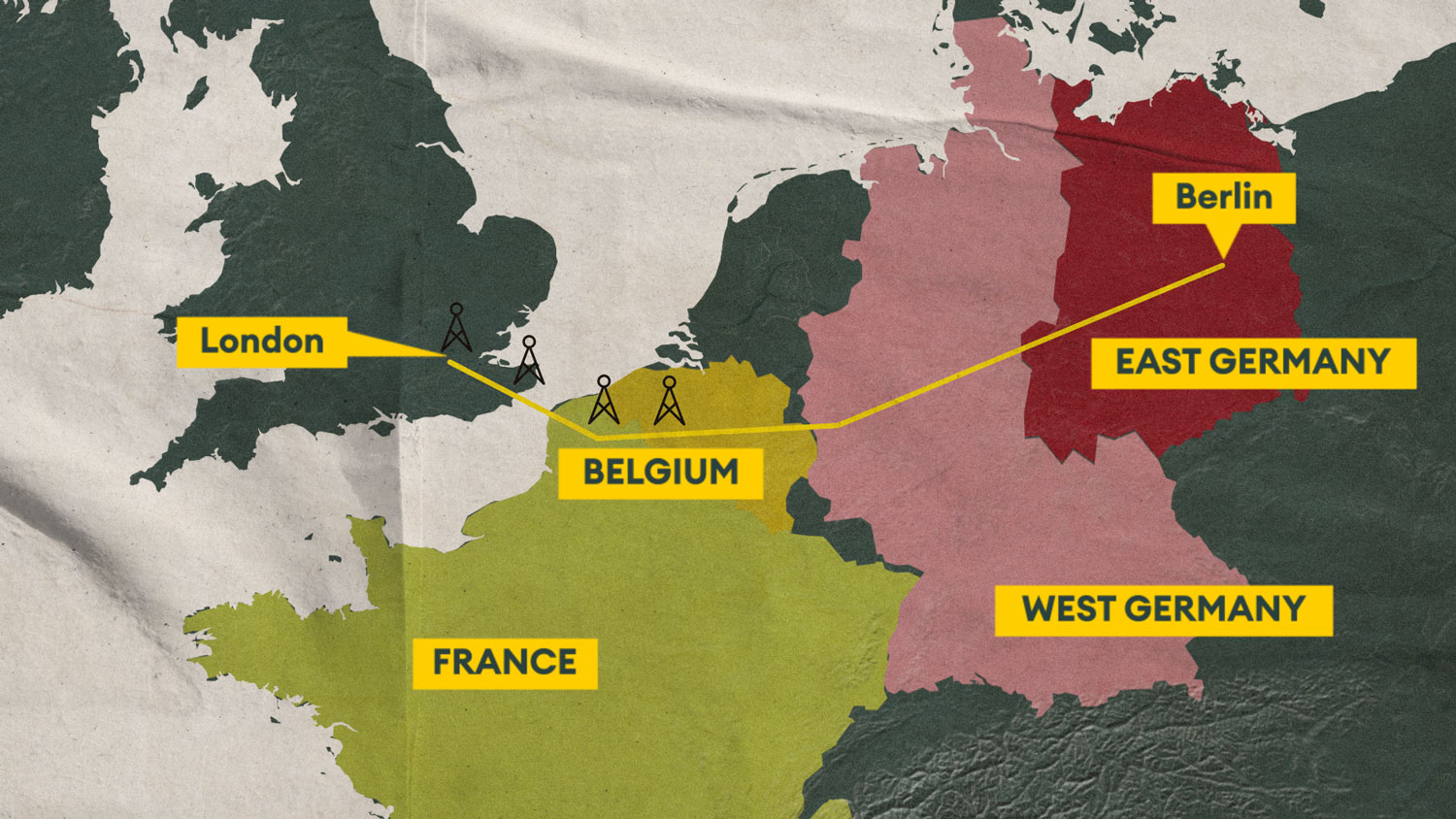
Due to strict copyright laws, the TV shows broadcast on BFBS couldn't be seen by the German population so, as a result, smaller transmitters had to be scattered all around the garrisons and living areas.
From that point, BFBS's determination and innovative nature saw regular improvements in the service.
In December 1982, the first ever live link with home took place thanks to the longest microwave network in the world
Using 45 transmitter links across Europe, the live link crossed more than 1,000km from the UK to Germany.
For the first time, 160,000 British servicemen and women and their families, based across 50 sites throughout northern and central regions of West Germany, were able to watch live news from ITN and BBC at the same time as their loved ones back home.
Of this new development, Pat Pachebat, then-Controller of BFBS Television, said: "There's no doubt about it that the introduction of these programmes is going to be like a breath of fresh air into our schedules.
"It's an actually marvellous, exciting step forward."

John Humphrys, the BBC News presenter, welcomed the new viewers and spoke about what it took to make the live link happen, saying: "The link has been built by the Royal Signals Corps at cost to the Ministry of Defence of around £20m.
"The signal is even picked up by British troops in West Berlin.
"An Army spokesman there said it was 'marvellous to see BBC News in Berlin, 102 miles behind the Iron Curtain'."
In the 1990s, the ability to broadcast via satellite meant people in Cyprus, the Falkland Islands and the Balkans were able to watch their favourite shows.
And some things never change.
An audience survey taken in the 1970s shows that Coronation Street and Match of the Day were among the most popular TV programmes.
Five decades later, they are still among the top ten most watched On-Demand programmes on the BFBS TV Player which was launched in 2014.
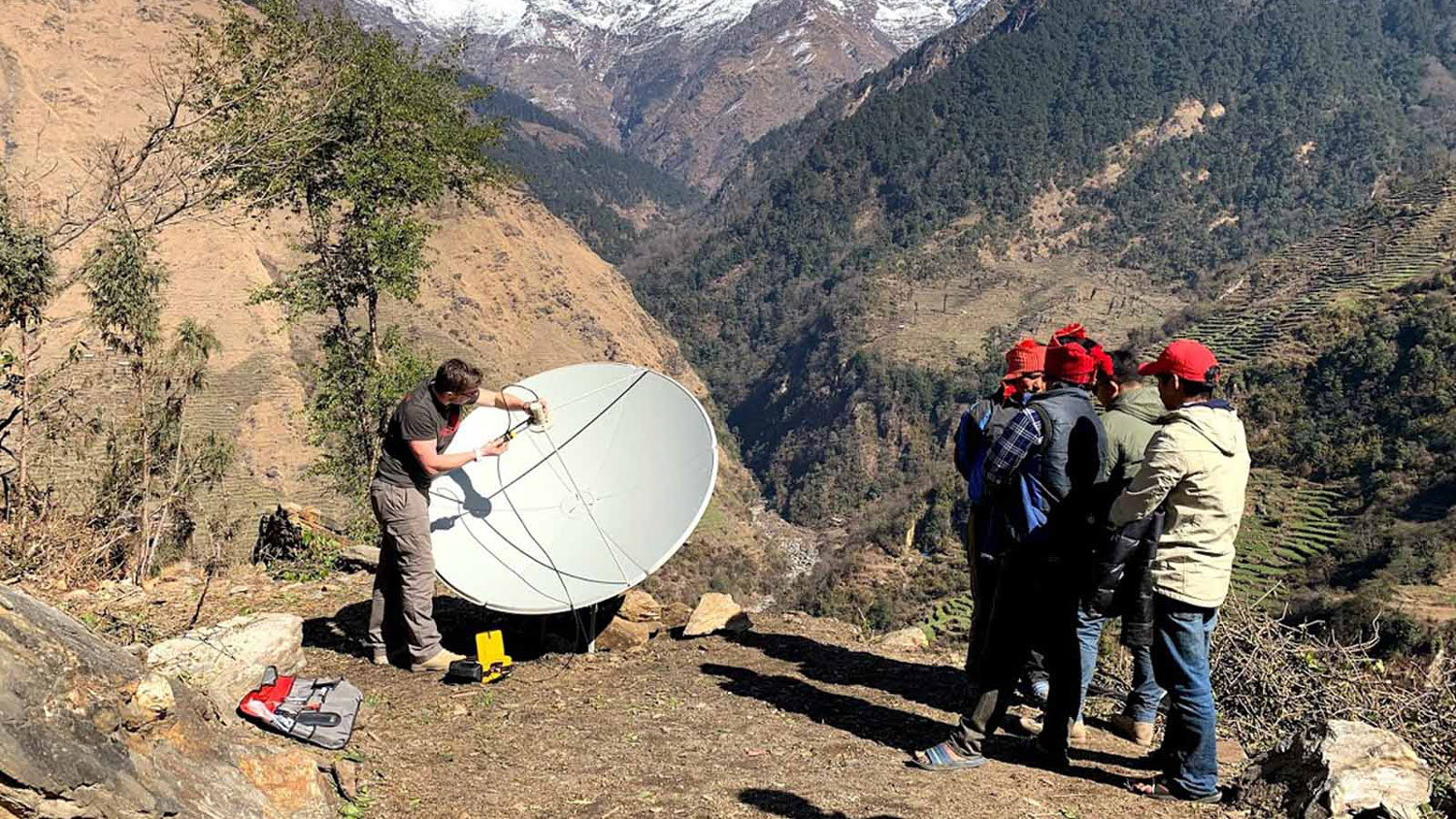
In the noughties, BFBS TV launched several additional channels such as BFBS 2, One Day Later, Navy TV and in 2010, Nepali TV was added for the Gurkha community
In 2016, a BFBS MiPlayer prototype was introduced – a unique platform that delivers a media experience without its users having to go online and use their data.
Thanks to a team of dedicated staff who secure rights and schedule programming, BFBS TV has broadcast 49 Wimbledon Championships, 13 UEFA Euros and 12 FIFA World Cups since 1975.
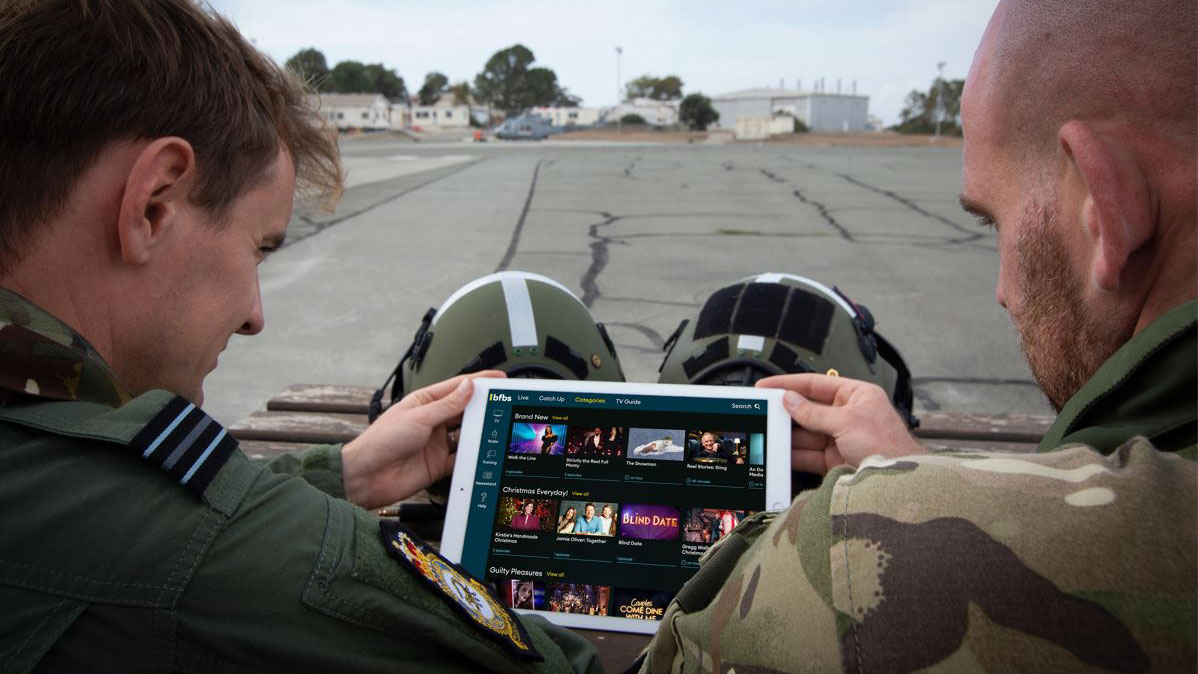
From showing just one Sunday afternoon Premier League match a week in the 1990's, BFBS TV will be showing 270 live football games during the 2025/2026 season.
Boxing is an incredibly popular sport to watch, with the most streamed event over the last 12 months being DAZN's Usyk vs Fury II.
It's not just sport being offered to BFBS TV viewers – 60% of movie premieres on BFBS TV are within their "first home entertainment pay window", so have recently been shown in UK cinemas.
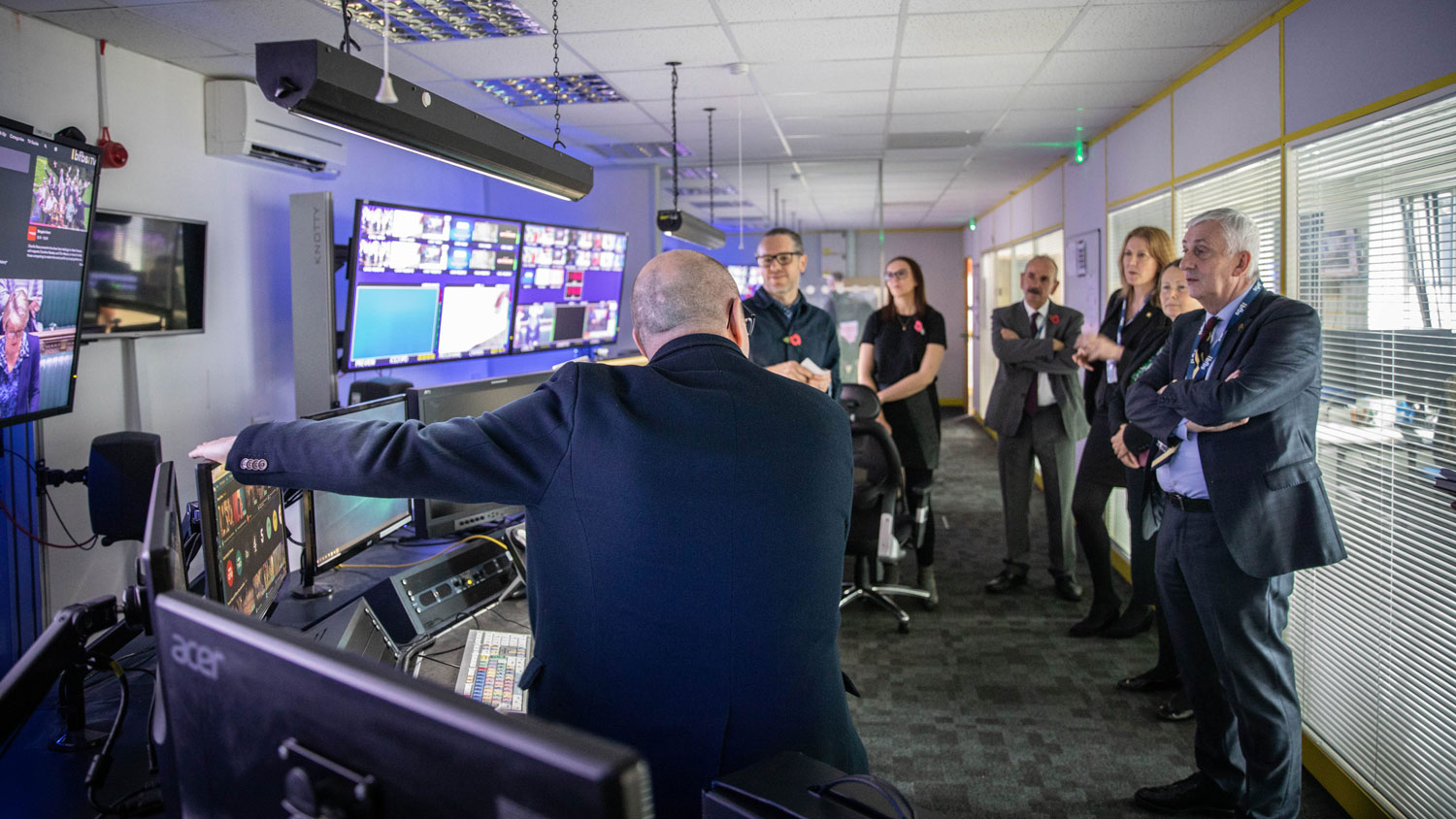
Since 1975, BFBS TV has grown from having two partners – the BBC and ITV (LWT) – to working with channels such as Sky News, Sky Sports, Nickelodeon and Tiny POP.
In fact, BFBS TV now has more than 20 trusted partners who support BFBS TV in serving forces communities overseas including British public service broadcasters, subscription TV and streamers, international studios and sports rights holders.
Last but not least, there's us, BFBS Forces News, an editorially independent newsroom, reporting on news and sport for and about the UK's Armed Forces.
With pop-up channels on BFBS TV for live national events featuring the military and forces sport, we report on exercises, operations and defence issues.
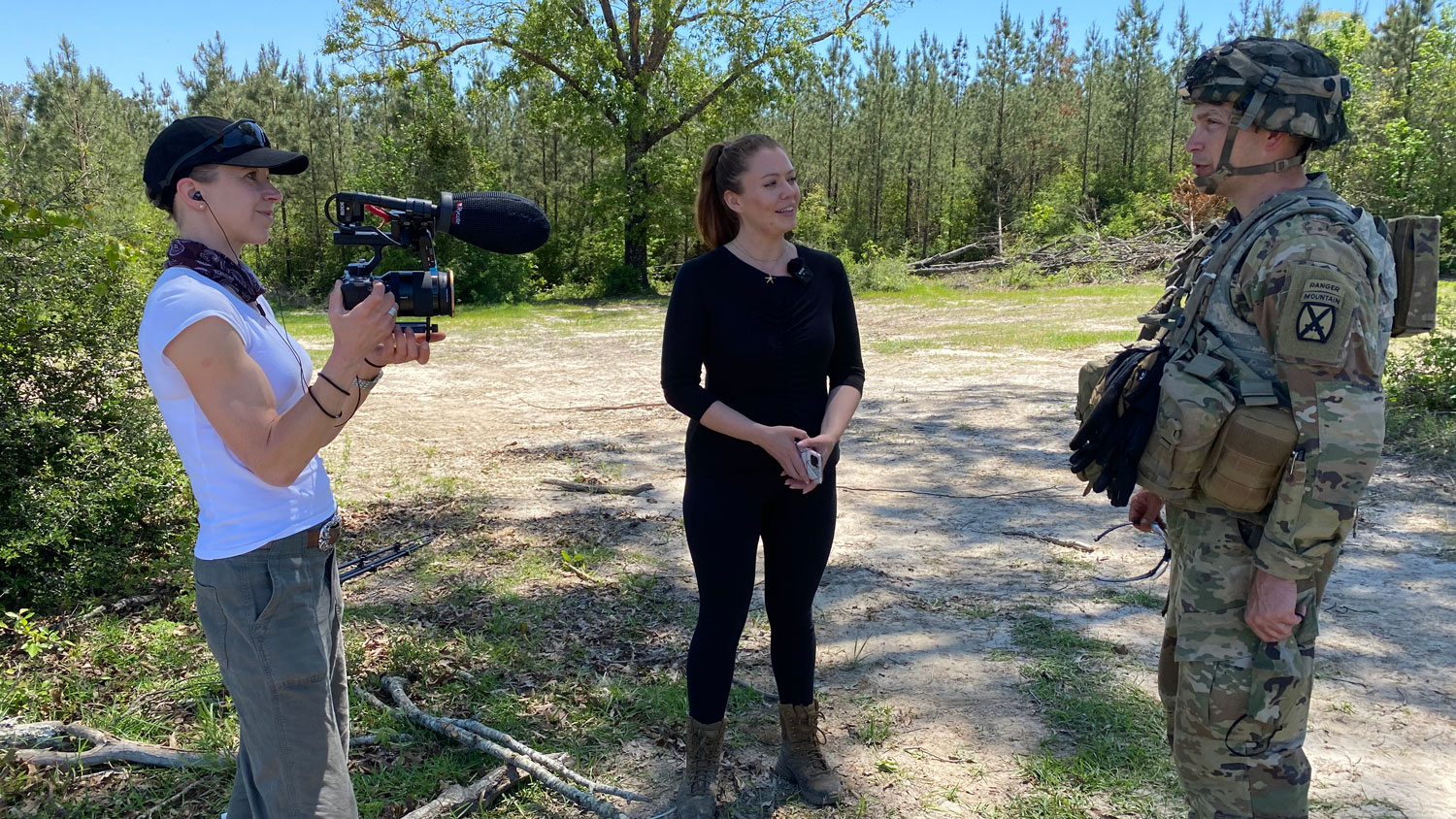
Today, BFBS marked this golden milestone during a visit to the Royal Television Society's (RTS) Cambridge Convention at King’s College, a fitting stage to celebrate five decades of trusted partnerships, delivering top-quality television to the UK Armed Forces and their families overseas.
Ben Chapman, CEO of BFBS, said: "Celebrating 50 years of BFBS TV at the RTS Convention was a powerful moment to honour our history and thank the studios, stakeholders and teams whose outstanding content and collaborative partnerships have kept the UK Armed Forces connected for half a century.
"We also raised a glass to every colleague who has made this possible."
Adam Hardwick, Deputy Director of BFBS TV & Cinemas, added: "Reaching this milestone is about recognising the breadth of services BFBS TV delivers today.
"From live sports, movies and series to trusted news, children's content and so much more, we're proud to offer a service that continues to innovate and evolve to meet the changing needs of the armed forces community wherever they are deployed or posted."









